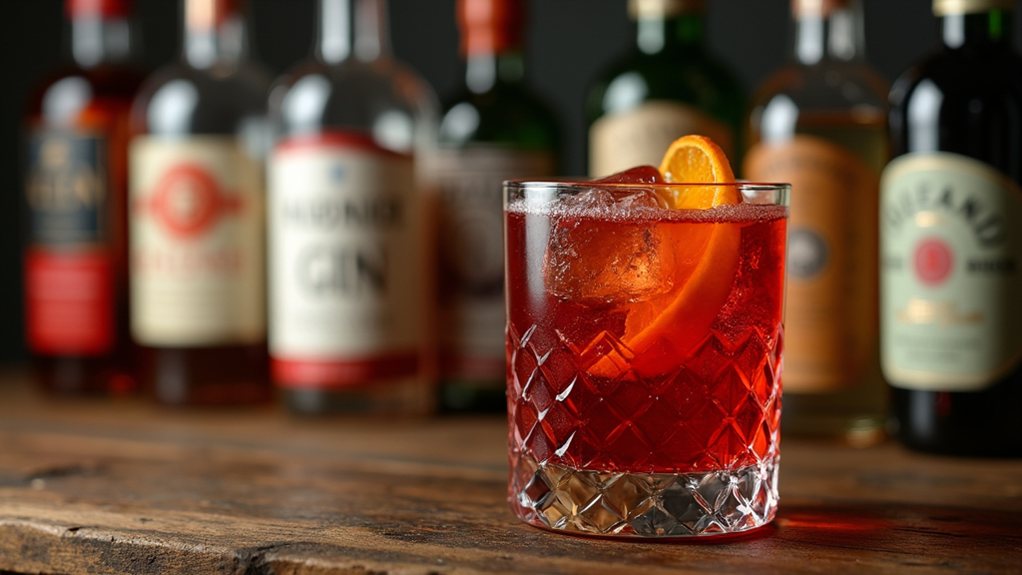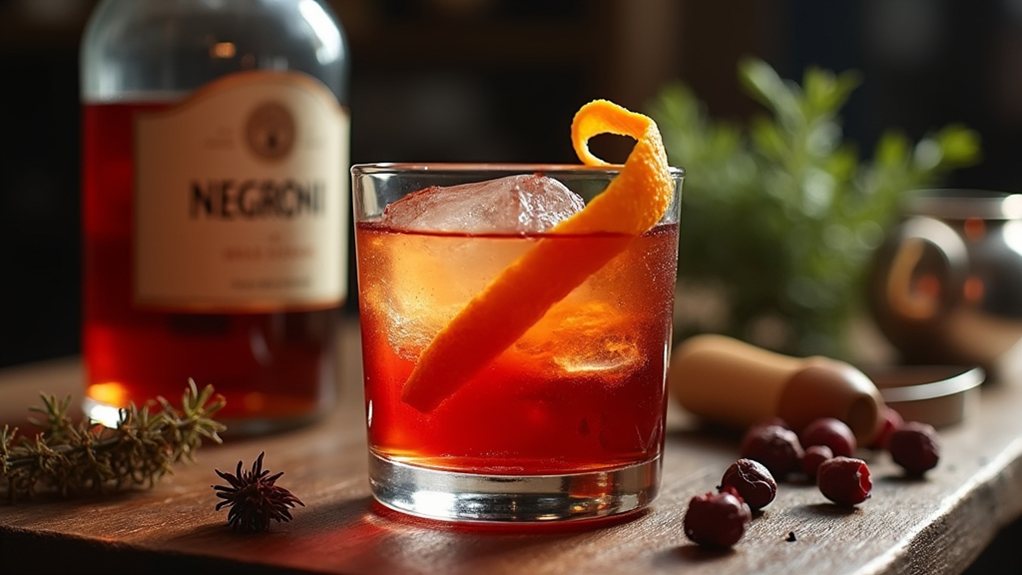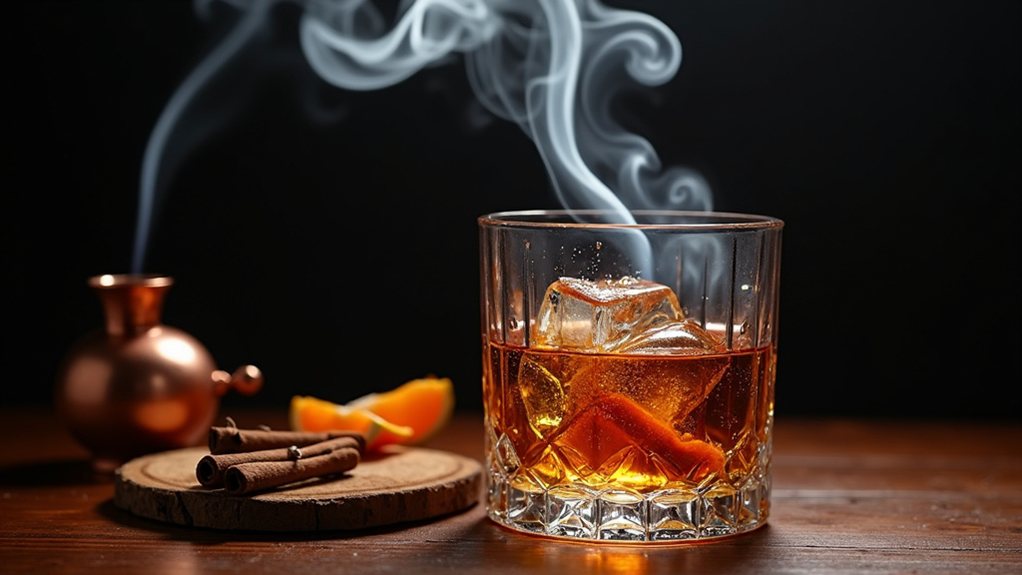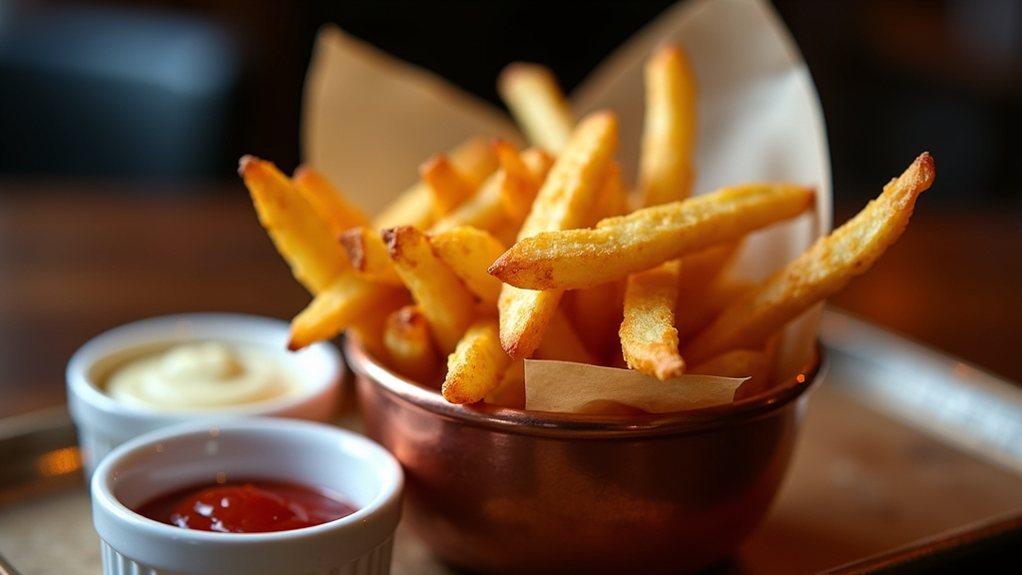Cocktail experts challenge the common belief that price dictates quality regarding gin selection. Blind taste tests frequently reveal affordable brands performing remarkably well against premium competitors, suggesting sophisticated palates can appreciate nuance at different price points. These revelations aren’t limited to neat spirits either; certain mixing techniques and complementary ingredients can transform an ordinary gin into something unexpectedly delightful. The artistry lies not in the bottle’s price tag, but in understanding how each gin’s unique botanical profile might shine under the right circumstances.
The Surprising Virtues of Affordable Spirits

Redemption often comes in surprising forms, especially in the world of spirits where mediocre gin has long suffered unfair dismissal by enthusiasts and critics alike. The perception that quality correlates directly with price has led many to overlook more affordable options, creating a blind spot in the appreciation of this versatile spirit.
Experts are now challenging this assumption, suggesting that what we consider “mediocre” gin might simply be misunderstood or misused. The defining characteristics of less celebrated gins typically include milder juniper notes or imbalanced botanical profiles, features that don’t necessarily render them unworthy of attention.
Mediocrity in gin may simply reflect our failure to understand its true potential in proper contexts.
In fact, professional blind tastings have repeatedly demonstrated that price point doesn’t always dictate enjoyment, with some lower-priced bottles performing surprisingly well when brand bias is removed from the equation. Traditional gins with juniper-centric profiles often rank lower in blind taste tests despite their historical significance in the market. Gins like New Amsterdam or Taaka, while often dismissed in straight tastings, can shine brilliantly when paired with the right mixers.
Mixologists point to several cocktails where these overlooked spirits deserve reconsideration. The classic Negroni, with its bold Campari and sweet vermouth, provides an ideal canvas for less distinctive gins to contribute without being overwhelmed. Similar to how a Sazerac Cocktail requires specific historic ingredients for authenticity, mediocre gins need proper complementary elements to showcase their potential. Brands like Gordons Gin consistently rank highly for their balance of flavors and historical significance, despite their affordable price tags. Likewise, a well-crafted gin and tonic can transform through thoughtful garnish selection, complementing subtler gin profiles rather than competing with them.
Even a basic martini can showcase unexpected qualities in these spirits when properly prepared. Similar to how off-dry Rieslings complement bold cheeses through contrasting sweetness and acidity, mediocre gins can find their perfect pairing with the right mixers. The contemporary craft cocktail movement has inadvertently created space for reexamining these underappreciated bottles. By focusing on innovation and ingredient combinations, bartenders have found that so-called mediocre gins often possess unique characteristics worth highlighting.
This approach acknowledges that personal preference plays a significant role in spirit evaluation, encouraging drinkers to investigate beyond conventional wisdom. For consumers, this reframing offers an accessible entry point into gin appreciation without premium pricing.
The voyage of revelation might begin with a humble bottle but can lead to a more nuanced understanding of the entire category, proving that in spirits as in life, alternative chances often yield unexpected rewards.





